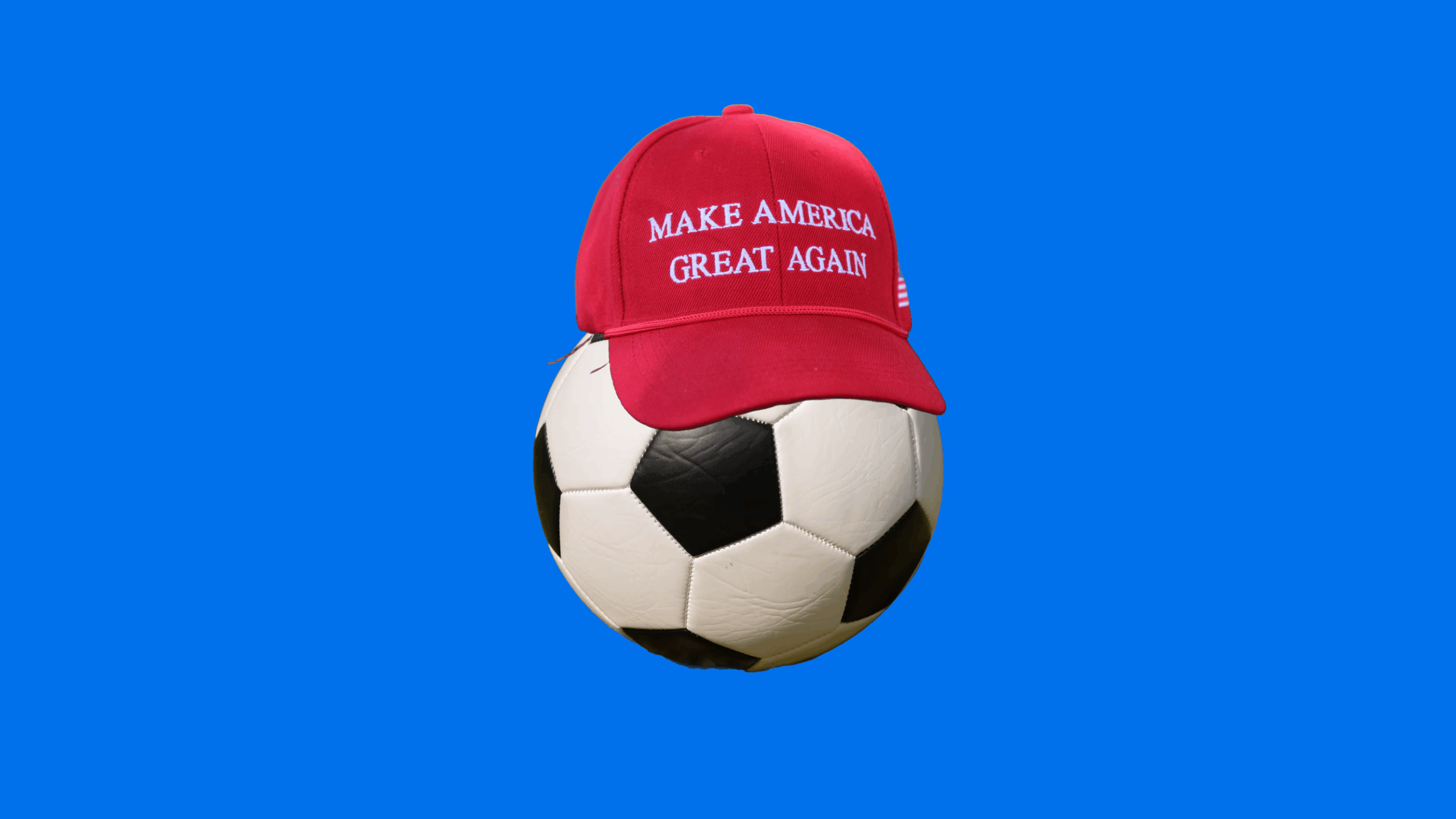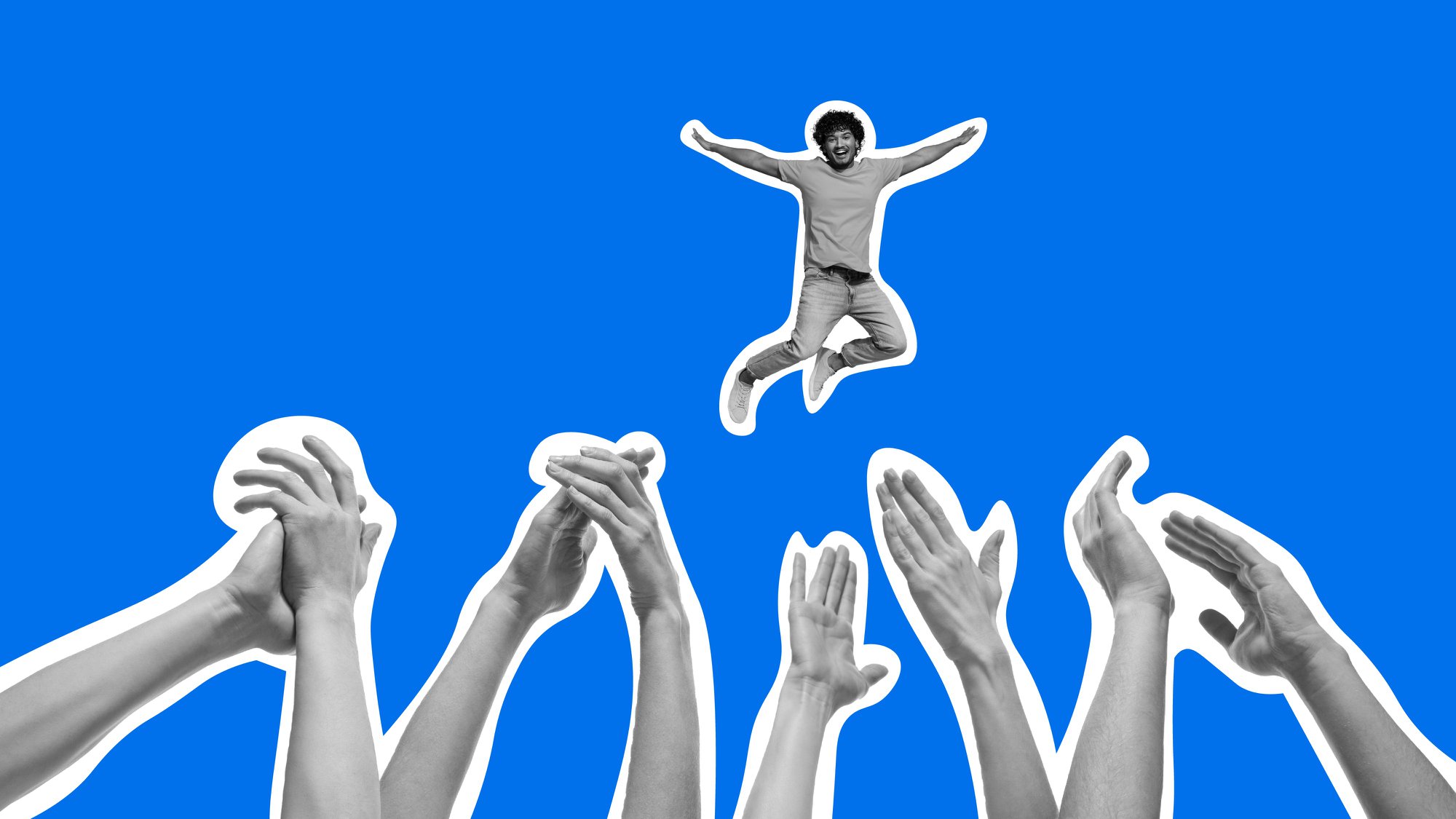Colt: behind the scenes of a design sprint

In late 2022, Colt approached us with a challenge: create an Employee Value Proposition (EVP) in 12 weeks. Now that’s what we call a design sprint!
Always game, we met the challenge…
We crafted a framework based on insights from customers, colleagues, competitors and prospective candidates. This provided Colt with clear direction on what they needed to do over the coming years to attract and retain the talent they needed.
But creating an employee value proposition and bringing it to life are two separate matters.
Colt is a telecoms infrastructure business. They’re active in 26 cities worldwide – building, maintaining and improving the network infrastructure for businesses.
Amazon used Colt to put in place the infrastructure needed to connect their customers with their business. Eurostar has done the same.
Colt makes extraordinary connections.
The employee value proposition for Colt states that, “we may be a global business, but here you can make your mark.” It’s a place where autonomy and diversity are valued in equal measure.
Part of the EVP going forward focuses on an exceptional learning culture and an approach to internal mobility that encourages its people to change and explore the world of Colt.
At The Team, we ran two week-long sprints to identify the future experience for employees (or Colties, as they’re known.)
We engaged thought-leaders from inside the business to take them through a streamlined process of insight, ideation, development and testing.
The work had two main strands to it.
- Learning and development within Colt and how the business could give colleagues the tools to progress and develop.
- Internal mobility and how Colties might move within the organisation, whether it’s via promotion or learning a new skill.
By the end of each week, we had a fully fleshed out plan for how learning culture and internal mobility could unfold.
I first started using divergent/convergent thinking over twenty years ago when I was at The Body Shop.
At the time, the concept had come to my attention through the thinking of Harrison Owen and the Open Space Technology approach to collaborative work.
This would later go on to become known as the ‘unconference.’
At the heart of sprints, open space technology and unconferences sits a simple human truth – we are constrained by rigid agendas.
Owen did away with that thinking, focusing instead on meetings that started with no agenda and had just one simple question.
From that question, a group of people could start to identify sub-categories and begin to explore what would be required to answer those questions.
Owen’s work has led us to a point where unconferences can feature as many as a few hundred participants and as few as a half dozen.
The explosion of online working post-COVID now also means that open space sprints can happen online.
Owen had simple rules for meetings:
- When it’s over, it’s over
- Whatever the result, it’s the right result
- Whenever it starts is the right time to start
- Whoever comes, it’s the right people
There’s also the law of two feet.
In a divergent / convergent meeting, responsibility for success lies with every participant. If an individual feels they can’t contribute, they should be allowed to leave (even if only temporarily) to refocus their attention on the matter in hand.
We apply these principles to sprints.
So, what does a sprint look like in practice?
As humans, we always start with ideas and hypothesises about what might be the right solutions.
This is all well and good, but they could be all wrong unless we validate them with colleagues and internal business holders whose job it is to make things happen and bring our ideas to life.
We start with a period of divergence. In the first instance we’re simply trying to establish a precise definition of the problem that we’re trying to solve.
By taking a design-thinking approach and starting from understanding the problem, you set off on the right course and save time.
The Continuous Improvement methodology (Kaizen) has taught us the importance of going and seeing the problem before jumping to conclusions.
This isn’t always possible, but what is, is making sure you have the right brains at an operational level in the room.
These are people who are living with the problem, rather than just the owners of the solution.
By getting the problem statement right on day one, we know that when we test it with colleagues and stakeholders, we’re testing an answer to the right question.
Here’s how it worked
The methodology we used is not new.
It was popularised by IDEO and Google to speed up innovation by taking an idea and presenting it to end users for validation.
It has its roots in Kaizen, Lean Six Sigma and Open Space Technology to name a few processes.

The process is quite strict, each sprint is five days with specific tasks and exercises.

Day 1: Understand
We invited the right stakeholders and the project owners to join us to understand the challenges they were facing.
Working closely with the steering group in a workshop environment, we analysed the user data available to us to understand the issues the organisation faces.
In addition to clarifying the problem statement, we also identify the end users – the people whose lives we are trying to improve.
We then move onto solution statements.
This differs from the ideation process. It is about imagining what a future experience would be like for our users; what they’d be thinking, feeling and doing.
These days we can use Miro’s ai-enable sentiment analysis tool to quickly focus on the few solution statements we need to prioritize.

Day 2: Diverge
This is the most important day of the process.
It’s when we get under the skin of the problem and explore relevant factors causing the challenge and the blockers colleagues face at each stage of the learning journey.
It starts with the development of ideas using the solution statements. These form a fundamental touchstone.
Try it now.
Say your solution statement is as follows:
‘Managers feel able to answer questions immediately and in real time when discussing internal mobility with their direct reports.’
A solution might be a chatbot, or a more powerful search engine tool, or access to HR SMEs 24/7. You see, the solution statement drives the idea. It becomes the test.
It’s at this point we ideate.
Today, AI enables us to quickly identify best practice in the marketplace, but as with all original ideas, this part takes creative brainpower. We ideate and develop concepts.

Day 3: Decide
Decisions, decisions.
In the morning, we revisit ideas developed on day two.
We discuss them in a group, but ultimately you have to choose a handful of ideas to take forward to the next stage.
To avoid endless discussions, we use an impact/ease analysis process to vote on what everyone thinks are the right areas of focus.
This is done individually, without being influenced by others.
We’re also able to use distributive voting to identify the ideas that sprint members think will best deliver on problem and solution statements.

In the afternoon, we start visualising some of the ideas in more detail, building up a basic storyboard that lays out a connected user experience.
Day 4: Prototype and Design
We flesh out the storyboards and present them for initial review with colleagues.
We opt against creating interactive prototypes. Instead, we illustrate UX journeys to explain the concepts in a one-to-one environment.
At this stage, we’re in convergent thinking mode.
It’s why the problem and solution statements are so important. The act as critical tests.
The ultimate solutions to problems are rational; the process of finding them is not.Joy Paul Guilford, Psychologist
What Guilford emphasized in convergent thinking was the importance of tests for any idea. This means that project teams can put novelty and emotion to one side so that the most obvious answer to a problem emerges.
For us, it’s important to give sprint members access to your work environment at all times.
With Colt, our sprint teams have access to Miro at all times. This allows them to review ideas so that we can capture comments and feedback as we develop ideas.
In the afternoon we transfer all feedback into our storyboards ready for the final review the next morning.
Day 5: Test, Amend and Sign Off
In the morning we test the final boards again to iron out any issues.
It is always best that this is done by the client. It gives that team ownership of the ideas and making final changes.
We use sli.do to share both key internal communications messages and a detailed view of the proposed experience.
This user feedback is vital for last minute adaptations.
Providing we’ve worked hard at the problem and solution statements on day one – with the right people in the room – then changes tend to feature only minor improvements.
By end of the day, we have a clear set of solutions and interventions needed to solve a client’s issues.
And we can provide a clear roadmap to achieving this end state.

We then run another one-week sprint to flesh out these ideas in more detail, ready for the client to start to action.
Senior stakeholder engagement can start pretty quickly after this point.
This process is great to quickly, efficiently and cost effectively get under the skin of a problem. We can put initial ideas in front of real users to validate potential solutions, without spending weeks and weeks designing and building something that ultimately won’t work in the end.
Whether developing or innovating a strategy, testing the viability of a product or service, or seeking to understand and test the solution of exiting problems, a sprint workshop is the process that will get you to a solution fast.





